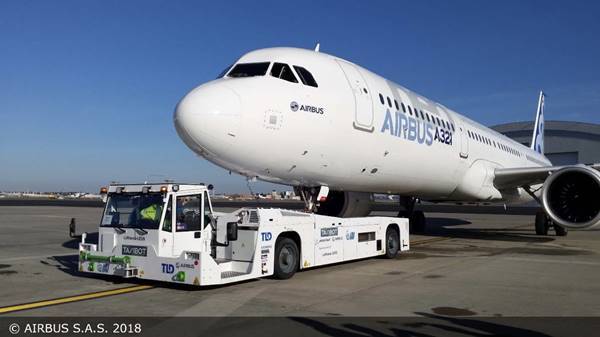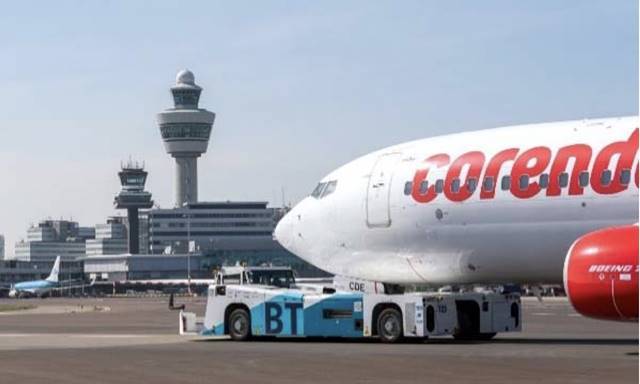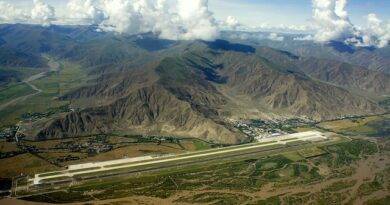TaxiBot: The Future of Eco-Friendly Aircraft Taxiing
The TaxiBot is revolutionizing airport ground operations by significantly cutting down fuel consumption and emissions during aircraft taxiing. This semi-robotic, hybrid towing vehicle allows planes to move between gates and runways without using their engines. The system, developed by Israel Aerospace Industries (IAI) and Smart Airport Systems, is controlled directly by the pilot from the cockpit, ensuring smooth and safe navigation.
Key Benefits of TaxiBot:
- Fuel Savings: TaxiBot reduces fuel consumption by up to 85%, a major win for both airlines and the environment. The vehicle operates on a hybrid diesel-electric engine, minimizing the need for aircraft engines to run during taxiing(Smart Airport SystemAirport Technology).
- Lower Emissions: By cutting engine run times, TaxiBot also reduces CO2 and NOx emissions by similar percentages. This reduction plays a crucial role in making airports more sustainable, particularly in high-traffic hubs like Amsterdam Schiphol and Frankfurt(Airport TechnologyAirside International).
- Noise Reduction: Noise pollution is reduced by around 60%, benefiting ground crew and improving the overall airport environment(Smart Airport System).

Airport Trials and Adoption:
TaxiBot has been successfully tested and deployed at major airports, including Frankfurt and Schiphol. These trials have demonstrated the system’s operational efficiency and its potential for widespread adoption. At Schiphol, the TaxiBot has been tested in various conditions, including night-time and with commercial flights, showing promising results (Airside International).
In India, airports in Delhi and Bangalore have already implemented TaxiBots for regular operations, further showcasing the global potential of this technology (Airside International,Schiphol News).
Conclusion:
TaxiBot offers a practical solution for airports seeking to reduce their environmental footprint and operational costs. As more airports adopt this technology, we can expect a greener, quieter, and more efficient future for aviation.
This innovative system aligns with the global push towards sustainability in aviation, proving that the industry can take substantial steps toward reducing its carbon footprint without sacrificing efficiency.



